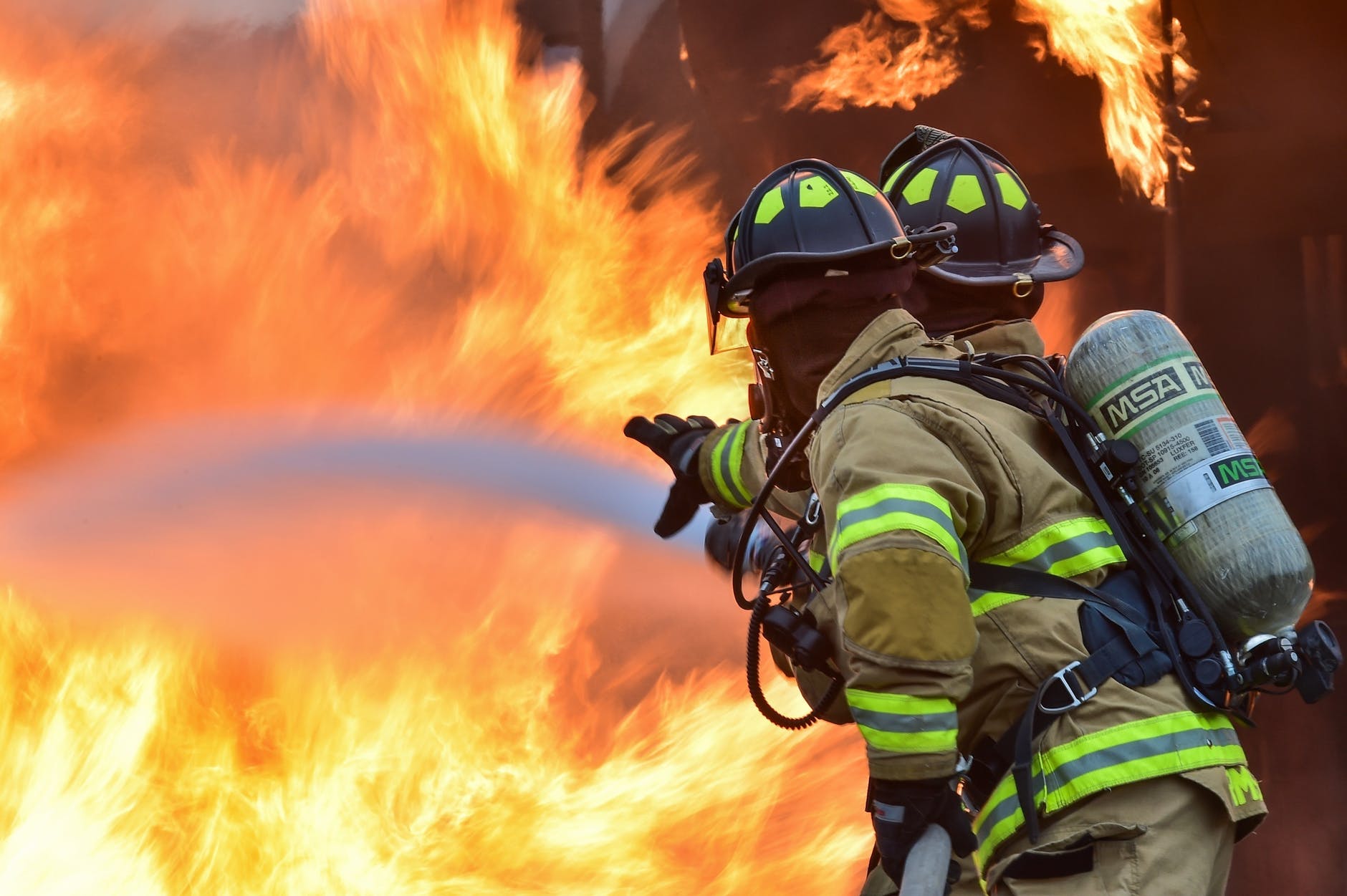There has been a steady increase in the number of extreme events, such as floods and bushfires. It’s believed that the increase in bushfires has been driven by climate change. Regardless of the cause, it’s a real issue for anyone living in a bushfire-prone area. After all, one bush fire can destroy your home and everything you own.
It makes sense to take out comprehensive insurance cover to protect you financially against bushfires. It is also a good idea to know what risk level you are and what you can do about it.
Bushfire Risk Zones
Bushfire risk zones are known as BAL (Bushfire Attack Level). The least likelihood of an issue is classified as low where the likelihood of a bushfire is almost non-existent. At the other end of the scale is BAL-FZ. This is when the risk is extremely high. Your property is likely to be exposed to extreme heat, flames, and even ember attacks.
There are a variety of zones between these two
- Bal 12.5 – low risk of embers but radiant heat unlikely to be an issue
- Bal19 – moderate chance of ember attack and radiant heat issues
- Bal 29 – High risk of ember attack and radiant heat issues
- Bal 40 – Very high risk of ember attack and radiant heat issues
What To Do If You Are In A High-Risk Zone
If you are in any zone at risk of bushfire damage then you need to be prepared for the issue. There are two parts to this:
- Protecting Your property
- Escape plan
How To Protect Your Property
It’s essential that you put in the work today to protect your property. Your first step is to add bushfire shutters. These are designed to fit on your windows and doors, preventing extreme heat from entering the property. This can dramatically reduce the risk of spontaneous combustion inside your home.
Next, you’ll want to make sure any flammable liquids you have are stored as far away from your home as possible. You will also need to rake all the leaves up in your garden and dispose of them properly.
Alongside this, you should consider a tree or bush line. This is a barren piece of ground. Without vegetation, it is hard for the fire to move across it.
Don’t forget to look at ember protection for the roof of your home and make sure that any gaps in the façade or roof of your home are sealed. If you don’t, the fire will find a way in.
Escape Plan
Most people try to stay put when there is a bushfire and this is admirable. However, there can come a point where it is no longer safe to stay in your home. You need a viable escape plan that will get you out and away from your home.
Remember, your home can be rebuilt, human lives cannot. It’s better to get out and come back to deal with the damage.

